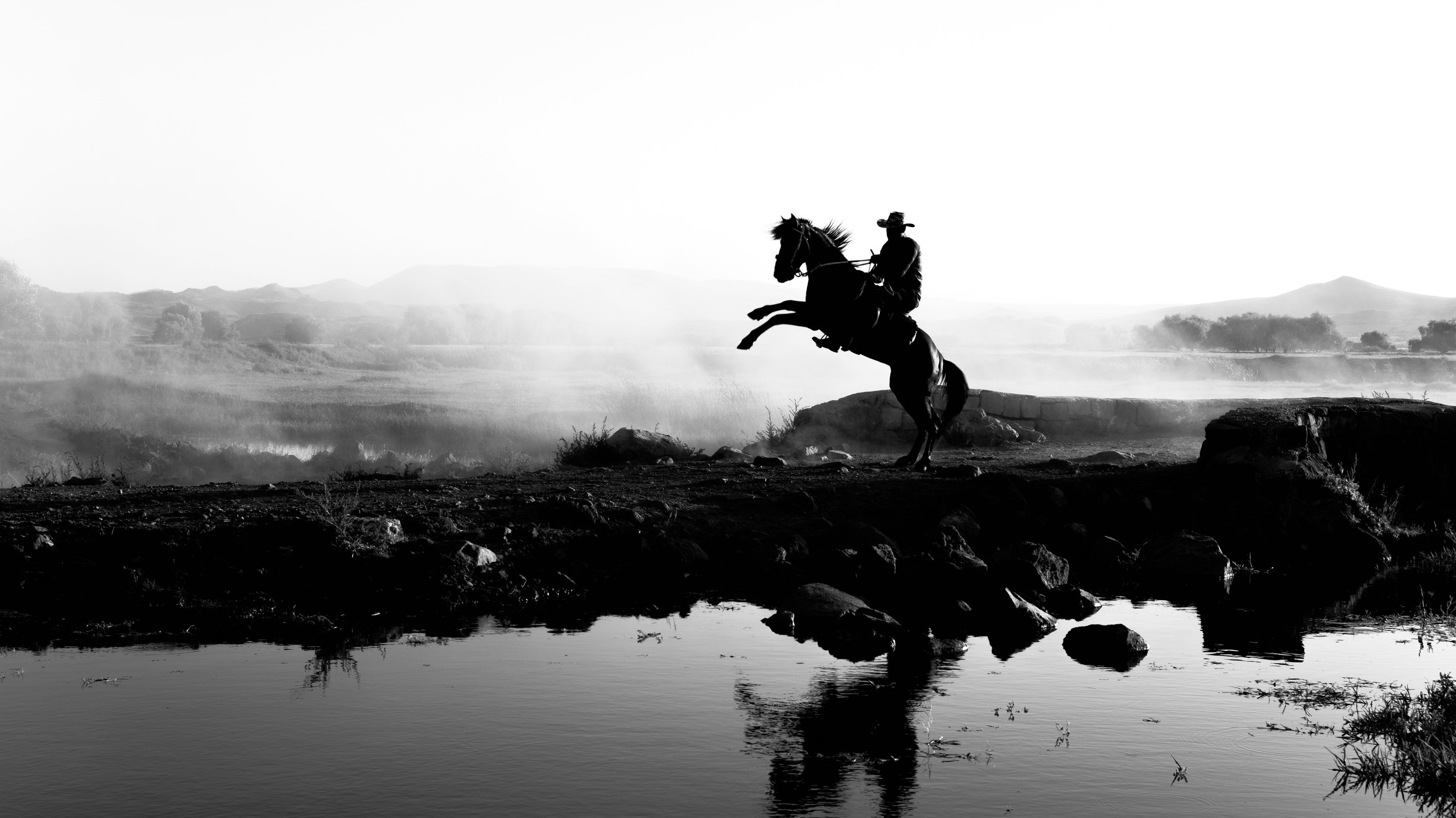
When Leadership Priorities Go Off the Rails: The Danger of "Fun-First" Leaders
Leadership is more than just hosting events, posting team-building activities, or basking in the social spotlight. It requires strategy, crisis management, deep understanding of policies, and the ability to navigate the real business of the organization. Yet, too often, we see leaders who are deeply engaged in the fun aspects of the job, scheduling retreats, planning celebrations, taking credit for positive PR, while being utterly unprepared when real issues emerge.
If a crisis hits and a leader doesn’t know the policies, rules, or strategic protocols, yet they’ve been hard at work coordinating the next happy hour or decorating the office for a seasonal event, then we have a serious problem. That’s not leadership. That’s negligence.

Signs of a Useless Leader: When the Title is the Only Thing They Have
In any organization, leadership is more than just a title. True leadership requires vision, decisiveness, accountability, and the ability to inspire and empower a team. Unfortunately, there are plenty of individuals who hold leadership positions but lack the qualities that make a leader effective. These "leaders" may have the corner office, the paycheck, and the authority, but their presence adds little to no value.
Here are the biggest signs of a useless leader.

Opportunist vs. Opportunity Magnet: The Difference Leaders Need to Recognize
In leadership, it's crucial to distinguish between those who seize opportunities through manipulation and those who naturally attract them through integrity and excellence. An opportunist and an opportunity magnet may both rise through the ranks, but the way they get there and the lasting impact they leave are starkly different.

You Cannot Be Both Horse and Rider at the Same Time: A Leadership Perspective
In leadership, one of the greatest challenges is learning when to take control and when to let go. Hazrat Inayat Khan’s quote, “You cannot be both horse and rider at the same time,” speaks directly to this delicate balance. Leaders often try to be everything at once: strategist and executor, mentor and doer, vision-setter and hands-on operator. While adaptability is valuable, failing to delegate and trust others can create inefficiencies, burnout, and even resentment within a team.
But does this mean leaders should never be hands-on? Not at all. Leadership requires both vision and engagement, but the key is strategic involvement, knowing when to step in and when to empower others.

How Effective Leaders Build a Culture of Wellness Without Turning Work Into an Adult Daycare
In today’s corporate landscape, there’s a growing emphasis on workplace wellness and employee engagement. While these are crucial elements of a thriving organization, too often, wellness is treated as a series of one-off events rather than a fundamental part of the work culture. Even worse, some environments shift too far in the other direction, turning the workplace into an endless stream of social activities that distract from the actual mission of the business.
True leadership lies in striking the right balance: creating a healthy, engaged workforce without compromising performance or turning the office into an adult daycare center. The most effective leaders understand that business is business, and the focus must always remain on the work at hand. Here’s how they build a sustainable culture of wellness that supports employees while maintaining operational excellence.